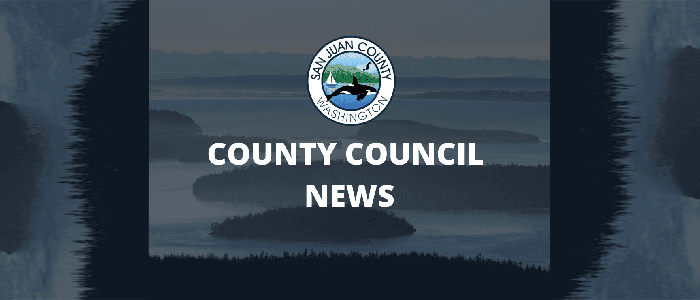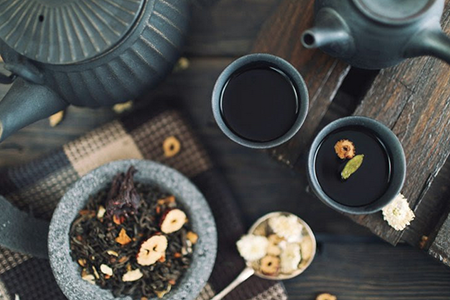–by Margie Doyle, reprinted upon request —
Going through these wild and windy and sad days, it can be harder than usual to bear the slings and arrows of daily fortune (or misfortune). We feel tired and ineffectual and yet are in the season that pushes us to be merry, be grateful, be busy and make gifts, make edible treats, made decorations, make traditions.
One tradition that has been all but forgotten in these times of polarization, vigilance, worry and productivity is observance of the Holy Dark, that time between sunset and sleep, when sunlight is gone from the sky, and we turn on the electrical “conveniences” of our home in order to prolong productivity.
John Staudenmaier is a technological historian, a Jesuit priest who teaches at Boston College, Massachusetts Institute of Technology (MIT) and at the University of Detroit Mercy; he is the editor of Technology and Culture, The International Quarterly of the Society for the History of Technology, author of Technology’s Storytellers: Reweaving the Human Fabric and numerous other publications. As a student of how we embrace technology and allow it to change our lives, Fr. Staudenmaier urges people to question the innovations and changes of technology, rather than considering them “predestined inevitabilities.”
“For example, what was it about the emergence of electric lights that encouraged us to think it wise to squeeze out our after-dusk human activity, de-legitimize it, and render it second class status?”
Staudenmaier presents an alternative, observing that time of day called ‘the Holy Dark,’” “a part of the day that every generation in human history experienced until the early part of the 20th century, at which time the advent of electric lights changed our world. Until then, when darkness came, we ceased our daily strategic work (business and other activities that fill the hours of natural light).
“We experienced a whole frame of time for non-strategic activities,” such as reflection, storytelling, singing, prayer, and rest. “We had time for these things. We enjoyed that time. It was an essential part of our lives that helped us in the forming of our selves and our relationships,” he says.
When people regard technological advancements as options, they are capable of weighing the strengths and weaknesses of a particular discovery of breakthrough and balancing its benefits with its pitfalls. If our culture is faced with a change, it makes sense to ask, what are the benefits and what are the detriments to such a change? “I could argue that an unquestioning love of what we accept as progress is a form of idolatry,” says Staudenmaier.
“As individuals, we each own a very small, but very real amount of influence in the process. Finding a way to exercise that influence is hard work. It’s hared to imagine, and it’s harder still to do, which returns us to the concept of the Holy Dark and the process of reclaiming it. In time, in small steps, the harder work gets done.”
Here are suggestions from Fr. John Staudenmaier, SJ, for starting this work:
Three ways to make time for the Holy Dark:
1) Set aside time for unimportant storytelling. People starve to be heard and hear others on simple levels. If you come home from work and tell your family you’ve got four months to live, that’s an important story and chancers are you’ll get heard. But unimportant stories, like the one about the jerk who cut you off on the freeway, need to get told too. However, due to the pace at which we live, they usually go untold. By setting aside time for unimportant stories, we effectively alter the pace of the day. In that specified time, nothing interrupts you and the people important to you from telling unimportant stories — no electronic interruptions of any kind, no planning sessions and no analysis. Time is for storytelling and storytelling only.
2) Fast from electricity. This is not as radical as it sounds. Just as you might fast from an evening meal, give up electricity for a night. Don’t go out. Have people over, if you want, but no electric lights, phone calls, computers or other electrical devices. What happens is you stick together because it’s no fun to be alone in the dark. What can you do in the dim light of a candle or two? You can have a really playful, receptive, restful night. You can tell stories. You can sing. You can eat and drink. You can play games. You tend to go to bed earlier, and you’re more relaxes when you do because you haven’t been hyped up by all the electronic components in your life. So you sleep better. Add a little time prior to sleep for contemplative, reflective meditation or prayer, which is simply a variant of storytelling and listening. IN prayer you permit the stories of your life to get said at whatever pace they emerge in a frame that is sacred and present.
3) Be open to grief and surprises. Grief is a slippery place for westerners, because it is not a strategic act with a clear purpose. ‘No use crying over spilt milk.’ We are educated to believe that strategic is the real adult mode. In times of grief, such as a lost marriage or a death, the tendency is to slide into analysis or strategic questions geared toward shedding the grief. Instead, take time to stay in sorrow when it is warranted. If you’re going to love, you have to grieve.”
(From Jesuit Journeys, Summer 1999, Wisconsin Province of the Society of Jesus, by Phil Nero.)
**If you are reading theOrcasonian for free, thank your fellow islanders. If you would like to support theOrcasonian CLICK HERE to set your modestly-priced, voluntary subscription. Otherwise, no worries; we’re happy to share with you.**








Margie
An Orcas reader sent me your editorial about the Holy Dark. I’m honored that you published this essay. If you check my website there are some other pieces that built out from this line of thinking. Such as, “Denying the Holy Dark: The Enlightenment and the European Mystical Tradition”
john st sj
What an absolute joy to read and consider! Thank you.
Thank you, Margie. This refreshes and rejuvenates my soul. I never can understand why people dislike the dark and the long nights; they charge my soul batteries.